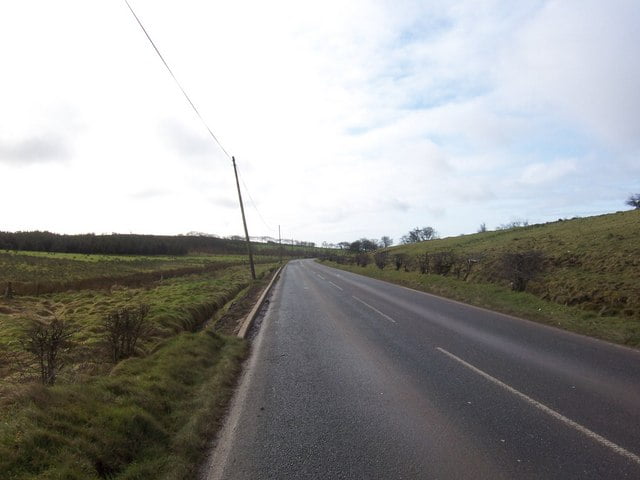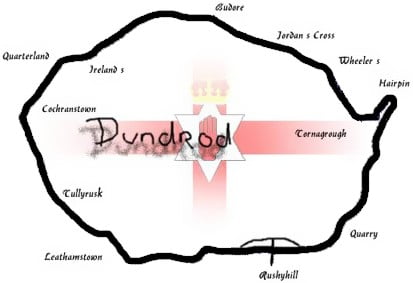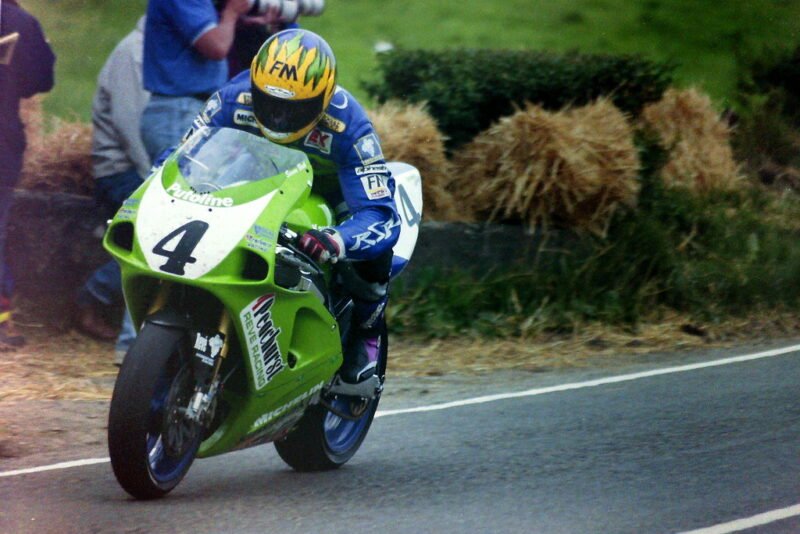Le Tourist trophy, organized every year on the Isle of Man and considered a Mecca for bikers, is not the only event in the world to offer a spectacle combining speed, danger and furious madness. Other road races as crazy as each other exist, and are, for the most part, run in a small area including the north of England, Scotland, the Isle of Man and Northern Ireland . Today let's focus on the Ulster Grand Prix, an event that is part of the holy trinity of road races, with the TT and North West 200.
Created in 1922, the Ulster Grand Prix is a legendary event. As a reminder, theUlster is one of the four historic Irish provinces, with the
Connacht withWest,
Leinster to the East and the Munster South.
Ulster is often confused with Northern Ireland, because the two administrative divisions overlap, or almost overlap. However, Northern Ireland only administers six of Ulster's nine counties, including the capital and main city, Belfast. Three counties remain dependent on Dublin.
Having passed this point of geography, let's return to the race, which takes place under the banner of Northern Ireland. It was under the leadership of Thomas Moles, a Northern Irish journalist and politician at the beginning of the 20th century, that road races were authorized, via the Road Races Act.

A most anecdotal straight line...apparently. Thousands of drivers have sweated on these legendary roads. Photo: Brian Shaw geography.uk
Some time later, the first Ulster Grand Prix was held, on the forgotten Clady circuit. After the Second World War, the route changed from 33 kilometers to 26. Given the large crowds present each year, the event was chosen for the first motorcycling world championship, held in 1949.
Leslie Graham, future world champion, wins. The Clady circuit and its 11 kilometer straight line will be used on three other occasions until 1952.
In 1953, the Grand Prix was moved not far from there, to the road circuit of Dunrod where the race is held today. Let's get to the heart of the matter: this is one of the most difficult and deadly routes in history.
However, it will appear 19 times on the world championship calendar until 1971. This year smiled on Jack Findlay who won the first victory for a Suzuki in 500cc, but also the first victory for a 500cc two-stroke! In other words, a weekend that has become legendary.
Subsequently, the event was withdrawn from the championship for obvious security reasons. In the global context, Giacomo Agostini et Mike Hailwood They share the number of victories, with seven successes each.
The Ulster Grand Prix was not going to disappear, however. Road racing specialists decided to take on the legendary event. One man reigns supreme:
Joey Dunlop, king of the Tourist Trophy. Born just an hour's drive from the Dunrod circuit, he knows every nook and cranny. In total, 24 absolutely untouchable victories.

The map of the Dunrod circuit, used today. Photo: Jiří Žemlicka
Other legends were illustrated there, starting with
Peter hickman (the fastest man in TT and Ulster history at the time of writing),
John McGuinness et
Bruce Anstey, Among others.
Whoever holds the lap record is awarded the title of “fastest driver on the fastest road circuit in the world”. Indeed, Hickman had to maintain an average speed of 218 km/h to be awarded the prestigious trophy.
Simply incredible.
The Ulster Grand Prix is today in danger: the disastrous 2019 edition put the organization in financial difficulty. Today, it is important to talk about and try to make this legendary event known, in the pantheon of the history of motorcycle sports.
Cover photo: Trevor Mills


























